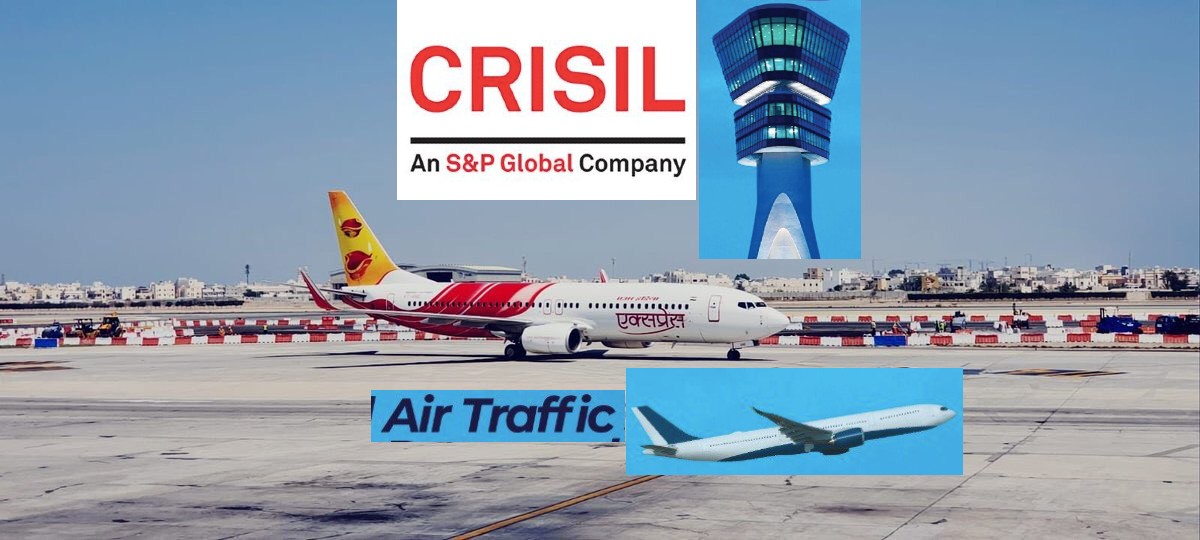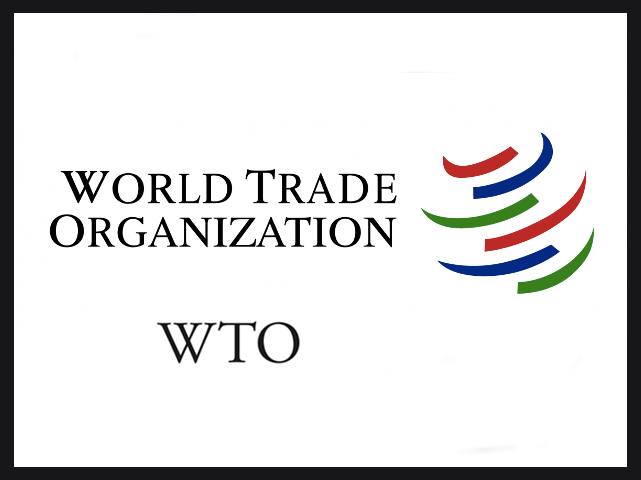But low debt obligations, high liquidity, and strong business models will support credit quality
Air traffic is expected to slump in fiscal 2022 and fully recover only by fourth quarter of next fiscal1, because of the debilitating consequences of the second Covid-19 wave in India, states CRISIL Ratings study.
But the credit quality of airport operators will continue to be supported by strong business models and healthy liquidity covers amid low debt servicing requirements this fiscal.
This is based on an analysis of the top four private airports – Delhi, Mumbai, Bengaluru and Hyderabad – which accounted for ~90% of air passenger traffic handled by private airports in India and ~50% of all air traffic last fiscal.
A raging second wave has resulted in localised lockdowns, night curfews and other restrictions on movement of
people. Consequently, passenger traffic at airports has nosedived, with average daily domestic passenger traffic
halving in May 2021 from February 2021, or to a mere ~10% of pre-pandemic levels seen in May 2019.
CRISIL Ratings Senior Director Manish Gupta said second wave will push back revival of business travel and pick-up of international traffic, which account for over half of overall traffic.
“Given this backdrop, we now expect traffic volumes this fiscal to be ~60% of fiscal 2020 levels and recovery to pre pandemic levels happening only by fourth quarter of fiscal 2023,” said Manish Gupta.
That said, traffic volumes are expected to rebound once the present affliction curve starts to flatten. Ramp-up in
domestic traffic was seen after the recommencement of airport operations in May 2020, with total passenger traffic
reaching ~60% of fiscal 2020 levels by February 2021, i.e. within 9 months of the first domestic travel advisory.
And a much faster recovery is expected this time based on the ongoing vaccination drive, push from government to limit the economic impact and recovery trajectory seen in countries that have emerged from a second wave.
In fact, recovery indicators from USA and Europe are positive and exhibit faster recovery post second wave. For instance, in USA once the infection curve started to flatten from February 2021 onwards, passenger traffic volumes
climbed swiftly from less than 40% in February 2021 to ~70% in May 2021, compared to respective pre-pandemic levels.
Still the normalisation in India is expected only by fourth quarter of fiscal 2023. This will lead to loss of Rs 900 crore revenue from earlier pre-second wave expectation of Rs ~7500 crores of revenue in fiscal 2022. Even then the credit profiles of the CRISIL-rated operators are likely to be unaffected.
CRISIL Ratings Director Ankit Hakhu said a fall in revenues will not impact the credit profiles of airports because of their strong business models and healthy liquidity covers – cash and un-utilized working capital lines is at over 16 months2 of debt servicing requirements in fiscal 2022.
“Further, these airports are in metropolitan cities, which will see a quick return of traffic and revenue when the overall economy stabilizes,” said Ankit Hakhu.
The airport regulations guarantee a fixed return on the aeronautical capital expenditure incurred (to cater to passenger traffic, cargo, airport landing & parking infra, etc.). And, any loss in aeronautical revenue (~50% of total revenue) due to lower-than-expected traffic in present five year period is compensated in the next five years period.
Although, the remaining half of revenue from non-aeronautical activities3 is expected to remain sluggish as the revenue stream depends upon passenger footfall and their purchase/ consumption propensity. However since these airports have limited competition in their geographical area, a strong pick-up is likely once the traffic comes back.





